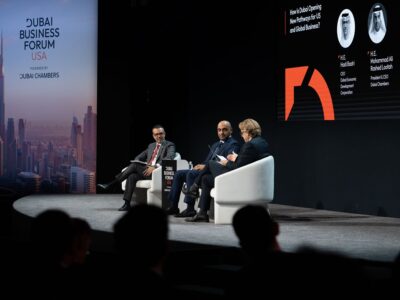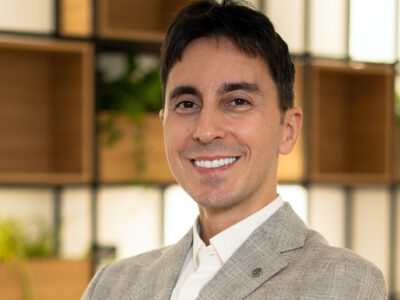Hanging out with the big nobs at the M&M show|~||~||~|Men’s toilets at conferences have something such conveniences lack at all other times: conversation. Normally, any trip to the urinals is carried out in virtual silence, with eyes fixed straight ahead.
But in the coffee-fuelled post-speech conference surge, visitors have an easy subject of debate: what do you think so far? For us hacks, it’s a useful fly-on-the-wall device to gauge the mood of the audience.
So, here’s the word on the street, so to speak, on the Marketing & Media Show, and its accompanying conference.
First, the number of visitors – a bit quiet, particularly on the first day, although things did pick up once the conference started on day two.
Second, quality of visitors. A split jury on this one. For every exhibitor delighting in grabbing a coffee with a big-spending marketing director, another came complaining about having their time wasted by badly briefed students.
Then there’s the conference. Well attended – indeed, for some sessions, standing room only. TV presenter Tim Sebastian scored credibility points for giving media sales house don Antoine Choueiri an appropriately hard time. The sweat on the big man’s upper lip was all too apparent on the giant screens. But Sebastian lost most of them for giving a speech so heavy on the UK and New York references, that one was left with the strong impression that this was by no means the first time he had given most of the address. My colleagues in the gents had the same thing to say.
But a few microphone/ loudspeaker problems aside, the conference itself was credibly staged. For me though, the strongest feeling to take from the event was that it offered a depressing mirror on where the industry is at.
One of the expert panels, which had just discussed the growing trend towards auditing newspaper and magazines, was asked about the concept of media auditing – that is to say, benchmarking the competitive buying performance of individual agencies. And with the honourable exception of Unilever Middle East chairman Jan Zijderveld, his colleagues on the panel – Harout Krikorian of media agency UM7, Mohammed Al-Mulhelm of MBC and consultant Abed Bibi – failed to understand the question. That was even after Zijderveld gently explained the difference. If the industry’s leaders haven’t got their heads round the concept of media audits, then it’s going to be some time before clients can look forward to the industry being grown up enough for that to happen.
And speaking of grown-ups, an audience with a slightly more mature outlook might also have given the speakers the courtesy of turning off their phones. At times, it was worse than being at the cinema. Arriving in time for the beginning of sessions and sitting tight until the end would have been merely an added courtesy.
Still, I can at least report that everybody in the gents seemed to be washing their hands.
And one of the most intriguing ideas that was floated at the event was the suggestion that it is time for the region’s media owners to form an association.
It makes sense — after all, now that advertisers have a body of their own, having an obvious point of contact for consultations seems to be a vital component in ensuring that everybody’s interests are served as the industry expands.
But rivalries in the publishing industry are bitter, and go back a long way. Getting media owners to sit around the same table and be civil to each other is a big task. But the prize is the opportunity to grow the size of the market. Behaving like adults will be a small price to pay.
||**||







